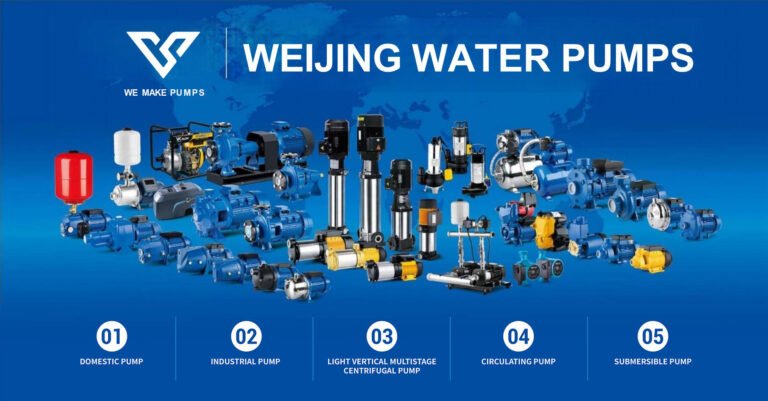FAQ: Centrifugal Pump Maintenance

Understanding the Maintenance of a Centrifugal Pump
FAQ for the Centrifugal Pump Maintenance, While a certain threshold of increased pressure is needed to make a centrifugal pump operate successfully, it’s important to avoid excessive head that can unbalance the pump and cause damage. One common issue that can arise is when a pump tears free from its shock mounts, wreaking havoc on the engine and surrounding assemblies.
Preventing Damage through Regular Priming
To avoid this unfortunate circumstance, pump owners should regularly prime their pumps to prevent cavitation. Cavitation occurs when too much liquid is forced through the system too quickly, leading to a build-up of unwanted head that can damage the pump.
When cavitation happens frequently, it can damage the components within the pump. This occurs because the impeller blades become pitted when air pockets explode under pressure. While some amount of cavitation is likely to occur over the working lifetime of a pump, priming the pump at regular intervals can prevent undue cavitation.

Conclusion Study for the Centrifugal Pump Maintenance
Maintaining a centrifugal pump involves understanding the delicate balance between pressure and head. By regularly priming the pump and avoiding excessive liquid flow, pump owners can prevent damage and ensure the longevity of their equipment.
Absolutely, having a solid maintenance schedule for centrifugal pumps is essential for ensuring optimal performance and longevity.you may run into issues that require some extra help. That’s where we come in.







